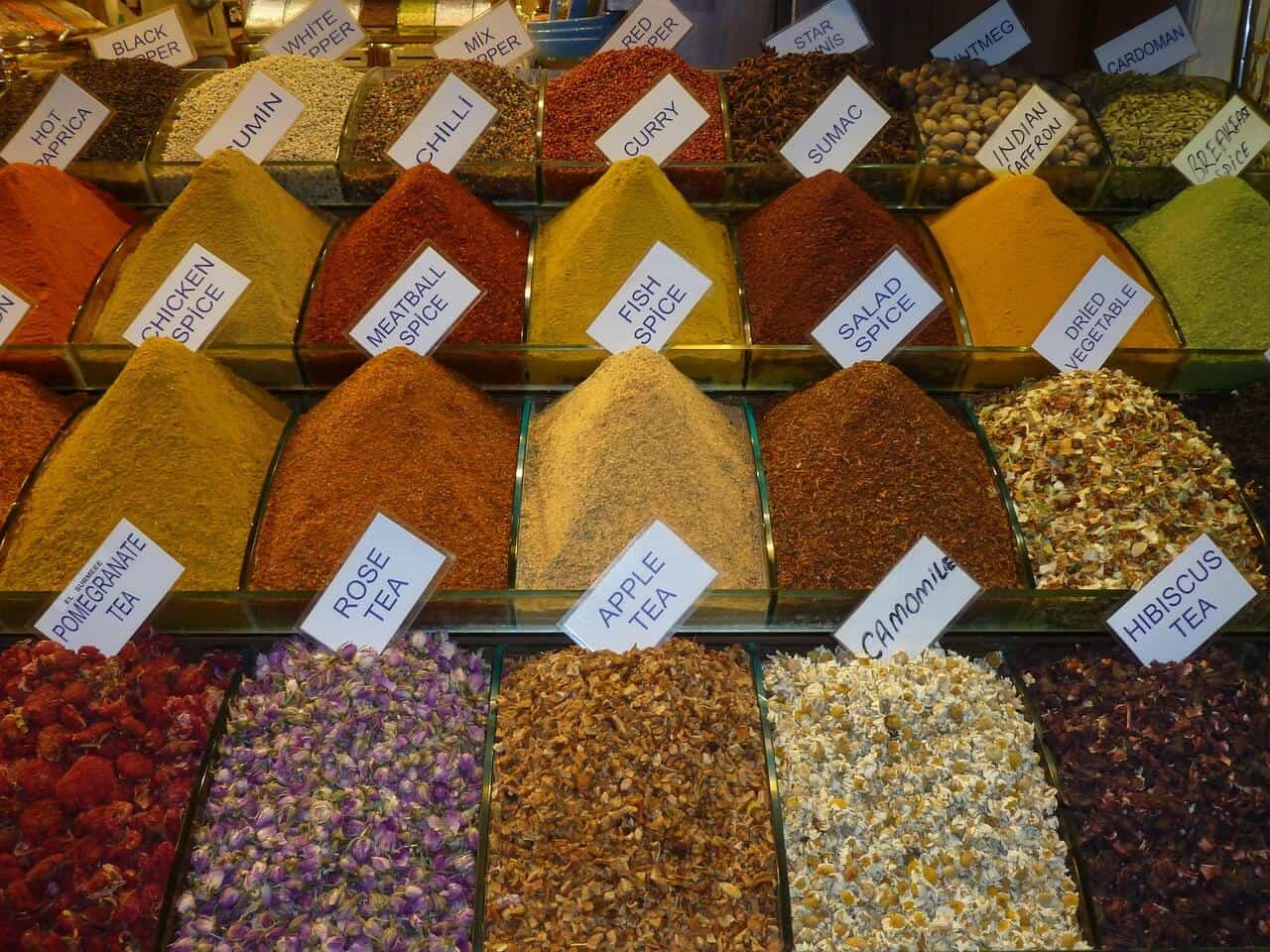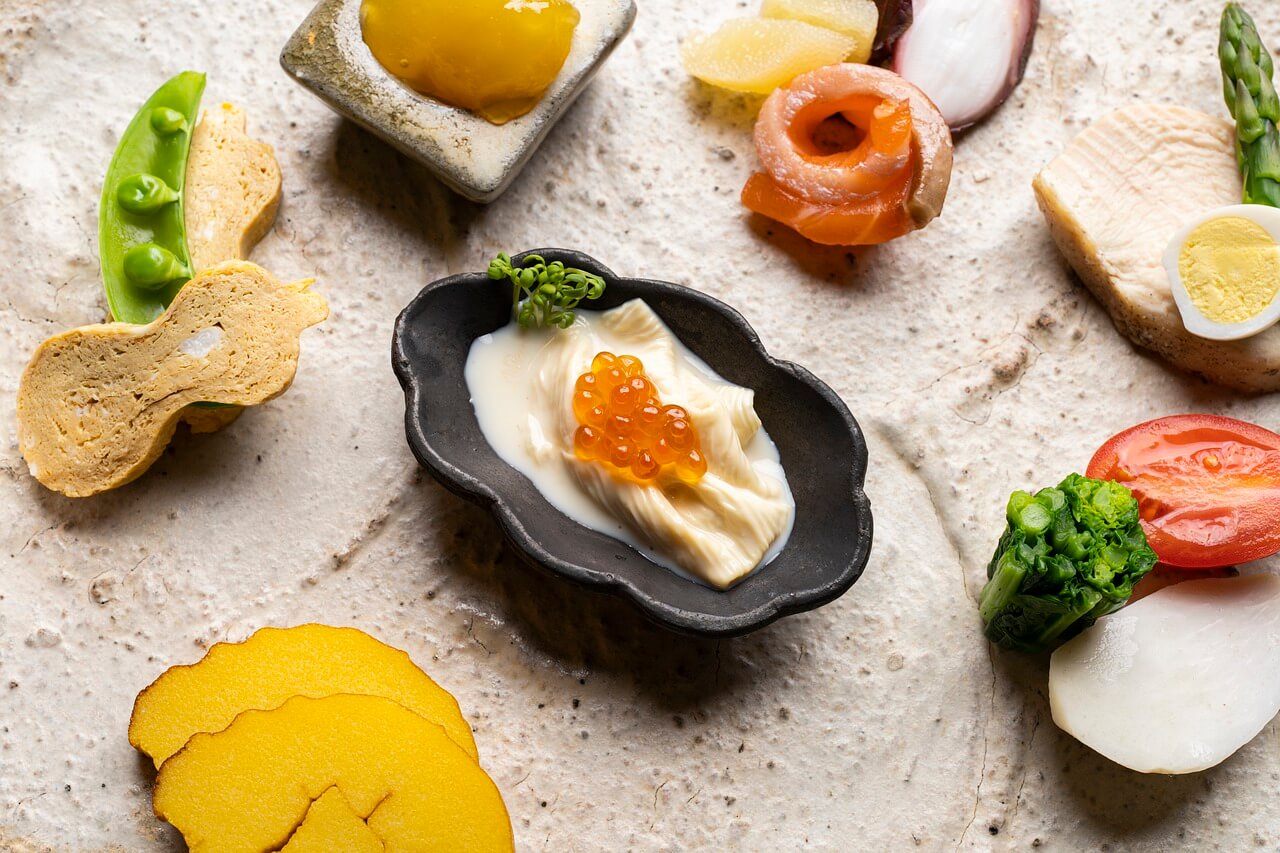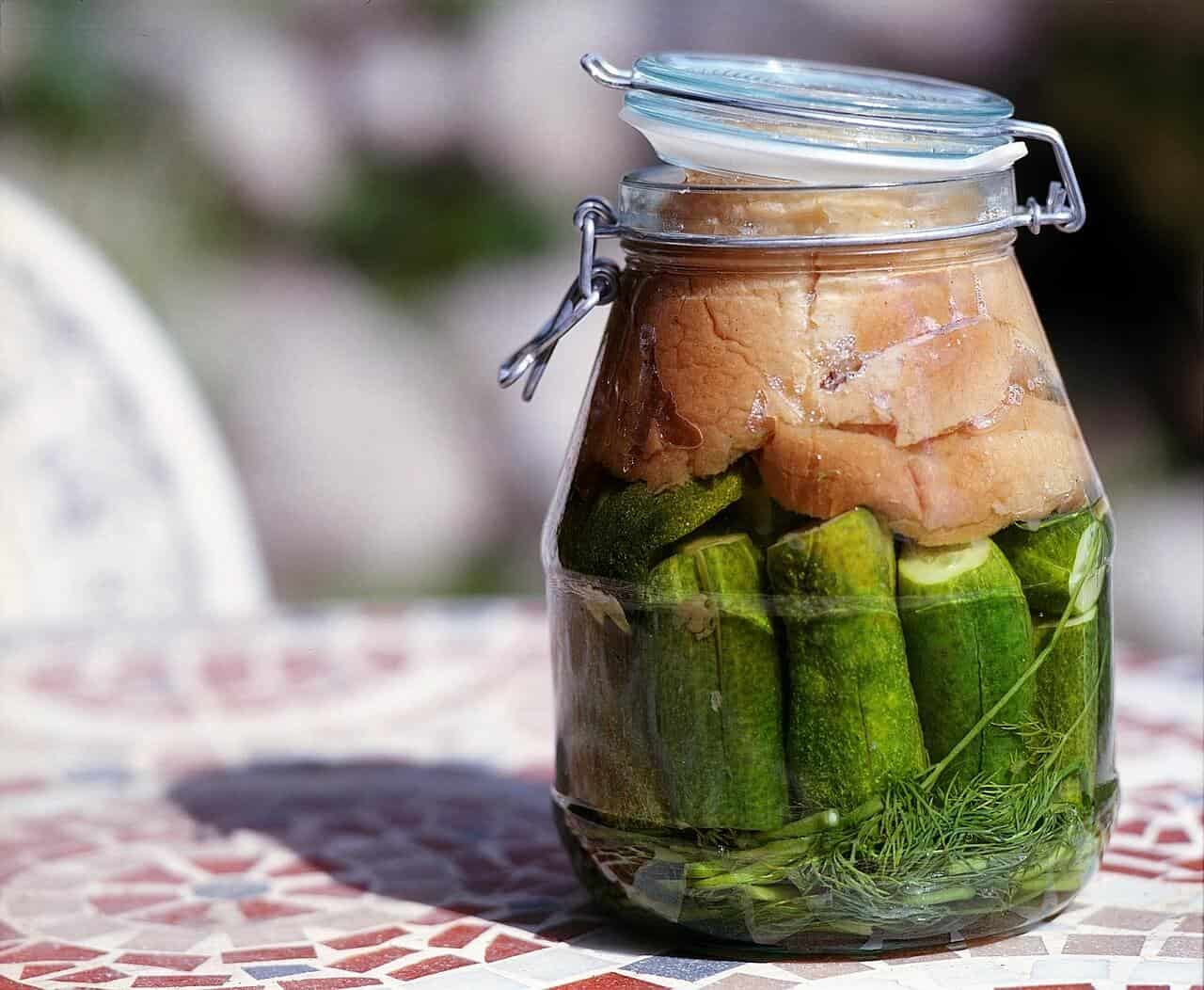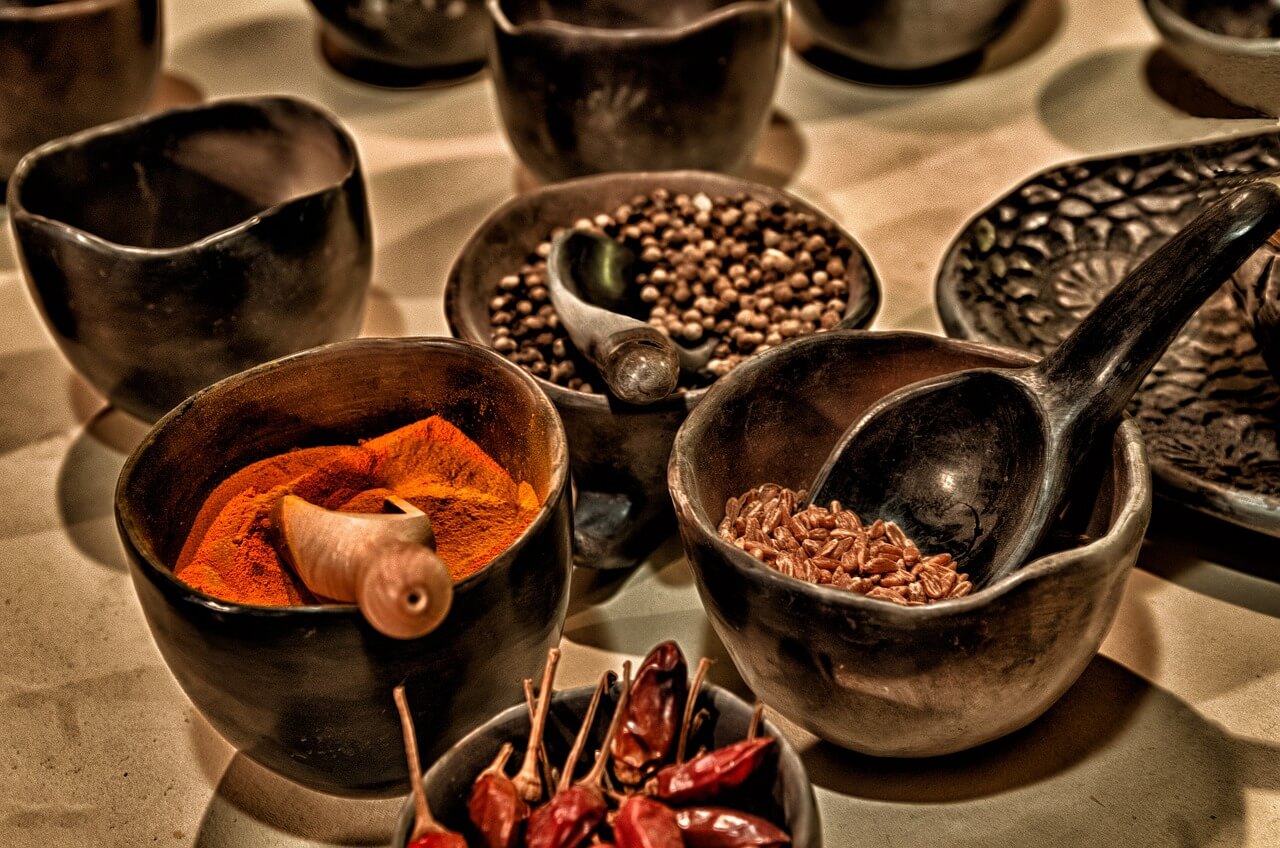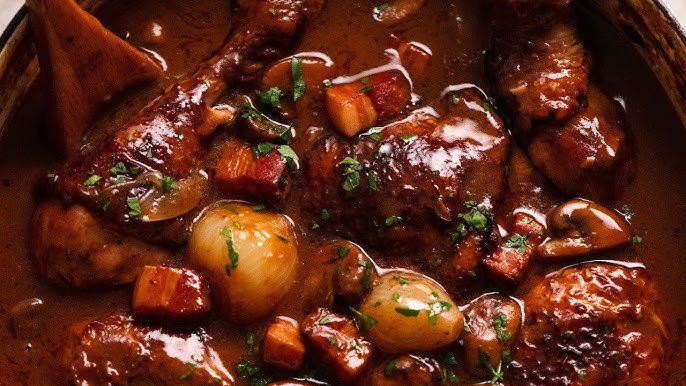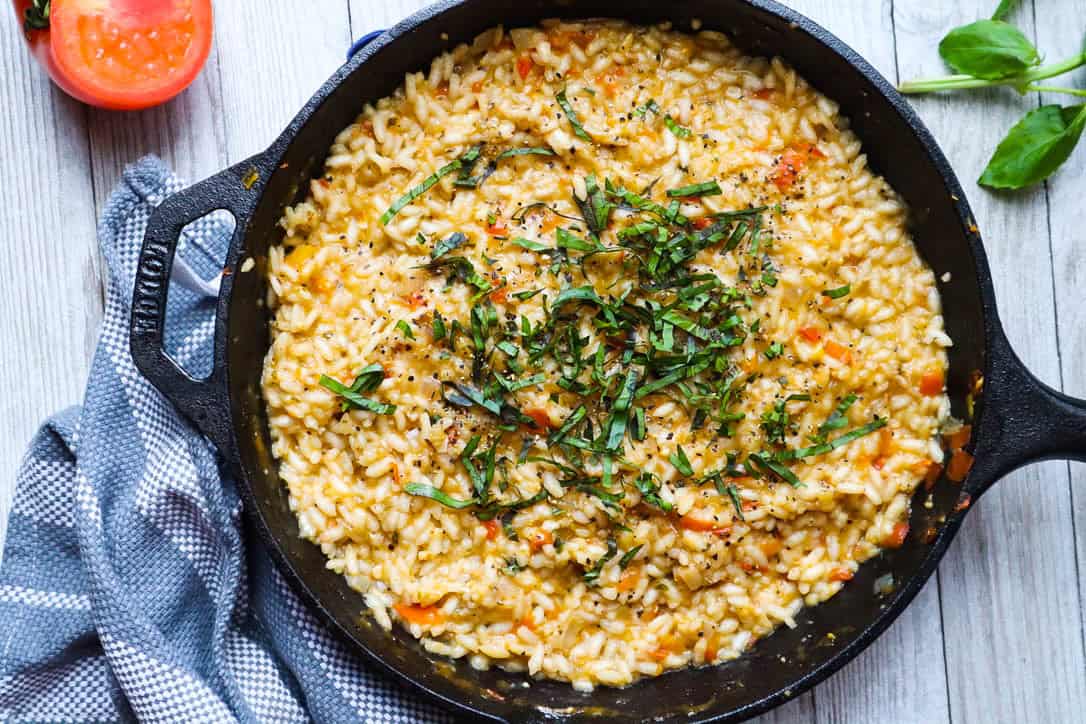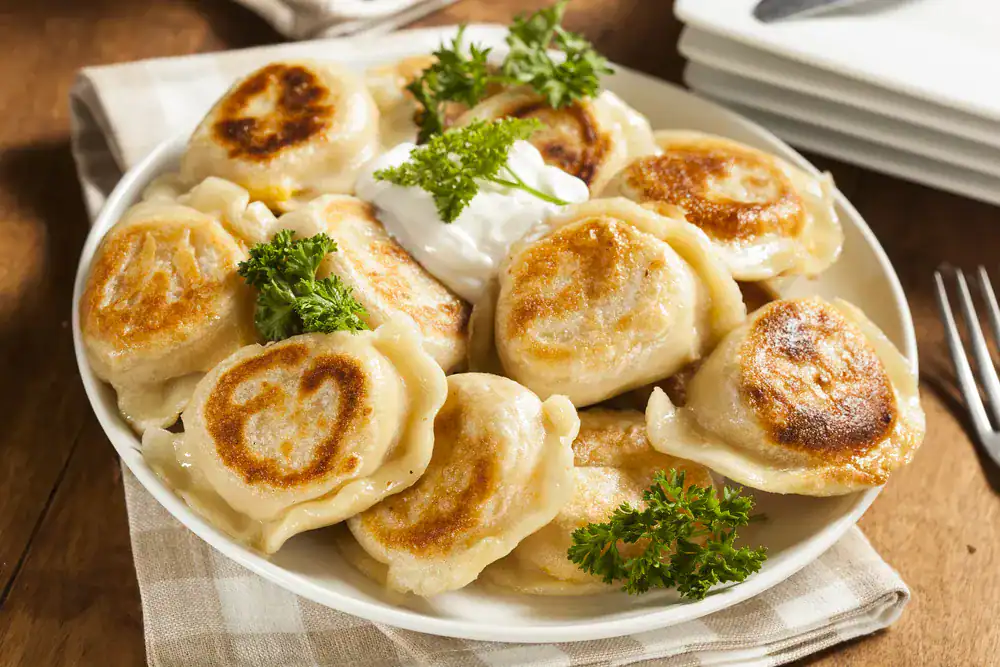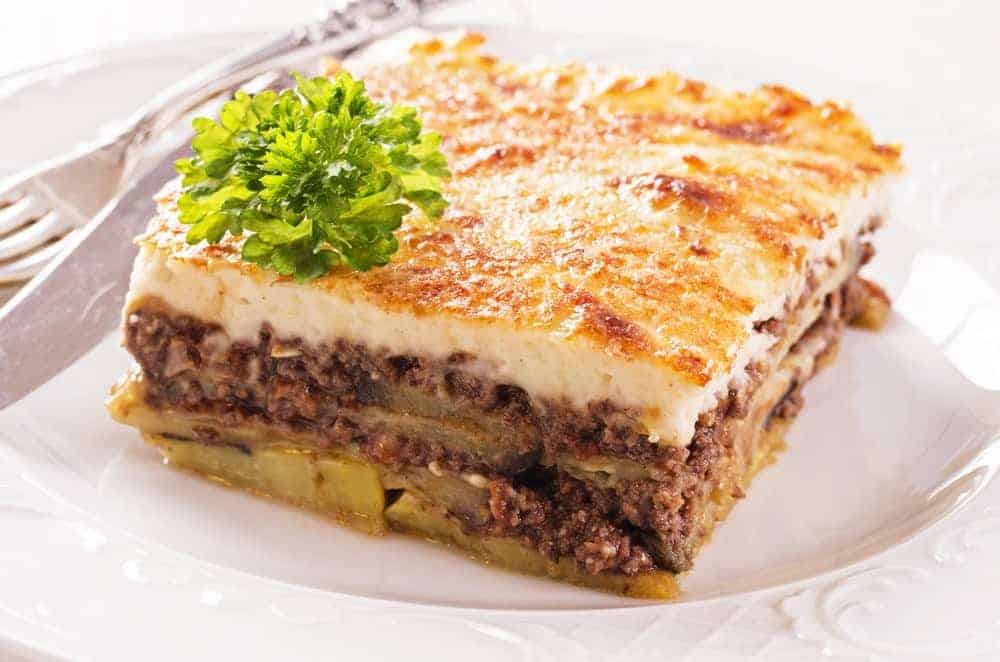Herbs and spices have played a significant role in global culinary traditions for centuries. They are more than just flavor enhancers; they contribute to the cultural identity of dishes, provide health benefits, and even have historical significance. From the aromatic basil in Italian cuisine to the fiery chilies of Mexican dishes, herbs and spices shape the way we experience food. This article explores how different cuisines utilize these natural flavor boosters and how they define the taste of traditional dishes worldwide.
The Historical Significance of Herbs and Spices
Herbs and spices have been integral to human civilization. Ancient trade routes, such as the Silk Road and the Spice Route, were established to facilitate the exchange of these valuable ingredients. Spices like cinnamon, black pepper, and cloves were once considered more valuable than gold. Today, these same spices continue to play a vital role in the kitchens of many cultures.
Herbs and Spices in Different Cuisines
1. Italian Cuisine
Italian cuisine is renowned for its use of fresh herbs to create robust flavors. Basil, oregano, rosemary, and thyme are commonly found in Italian dishes. Basil is the star ingredient in pesto, while oregano is a staple in pizza and pasta sauces. Rosemary and thyme add depth to roasted meats and vegetables. Garlic, though technically an allium rather than a spice, is also a crucial element in Italian cooking.
2. Indian Cuisine
India boasts one of the most diverse spice palettes in the world. Commonly used spices include turmeric, cumin, coriander, cardamom, and cloves. These spices are blended into masalas, such as garam masala, which is a staple in many Indian dishes. Turmeric is known for its anti-inflammatory properties, while cumin and coriander provide an earthy depth to curries and stews. Mustard seeds and fenugreek are also frequently used to enhance flavor complexity.
3. Mexican Cuisine
Mexican cuisine features a bold and spicy flavor profile, largely thanks to the use of chili peppers, cumin, and oregano. Chilies, including jalapeño, serrano, and ancho, are central to many dishes. Cumin is often added to tacos and salsas, while Mexican oregano provides a slightly citrusy and floral note. Cilantro is a staple garnish that adds freshness to many traditional meals.
4. Chinese Cuisine
Chinese cooking relies on a balance of flavors, often achieved through a combination of five-spice powder (star anise, cloves, Chinese cinnamon, Sichuan peppercorns, and fennel seeds). Ginger and garlic are also commonly used to add depth to stir-fries and soups. Sichuan cuisine, in particular, is famous for its numbing and spicy Sichuan peppercorns, which create a unique mouthfeel.
5. Middle Eastern Cuisine
Middle Eastern cuisine is characterized by the extensive use of warm spices such as cinnamon, nutmeg, cardamom, and sumac. Za’atar, a blend of dried thyme, sumac, and sesame seeds, is often used as a seasoning for bread, meats, and vegetables. Cumin and coriander are prevalent in dishes like hummus and falafel, while saffron adds an earthy richness to Persian rice dishes.
6. French Cuisine
French cuisine embraces a more subtle use of herbs, often incorporating them in delicate ways to enhance the natural flavors of ingredients. Herbs de Provence—a mixture of thyme, rosemary, lavender, and marjoram—is widely used in stews and roasts. Tarragon is a favorite herb in French cooking, particularly in béarnaise sauce and poultry dishes. Parsley is frequently used as both a garnish and an ingredient in dishes like coq au vin.
7. Thai Cuisine
Thai cuisine is known for its aromatic and spicy flavors, achieved through a balance of sweet, sour, salty, and spicy elements. Lemongrass, Thai basil, galangal, and kaffir lime leaves are essential ingredients. These herbs contribute to the bright and fragrant nature of Thai curries, soups, and stir-fries. Thai chili peppers also add a fiery heat that defines many traditional dishes.
8. African Cuisine
African cuisine is incredibly diverse, with different regions relying on unique spice blends. In North Africa, Ras el Hanout is a complex spice mixture used in Moroccan cooking. Berbere spice, a fiery blend of chili peppers, garlic, ginger, and fenugreek, is commonly used in Ethiopian cuisine. West African dishes often feature nutmeg, cloves, and grains of paradise, which add warmth and depth to stews and grilled meats.
The Health Benefits of Herbs and Spices
Beyond their culinary applications, herbs and spices provide numerous health benefits. Turmeric, for example, is known for its anti-inflammatory properties, while ginger aids digestion and alleviates nausea. Garlic has antimicrobial properties and is beneficial for heart health. Cinnamon helps regulate blood sugar levels, and mint can soothe an upset stomach. By incorporating a variety of herbs and spices into daily cooking, individuals can enhance both the flavor and nutritional value of their meals.
Conclusion
Herbs and spices are the heart and soul of global cuisine. They define regional flavors, bring historical traditions to life, and offer numerous health benefits. Whether you’re enjoying the fragrant spices of Indian curry, the fresh herbs of Italian pasta, or the fiery chilies of Mexican salsas, these ingredients transform simple dishes into culinary masterpieces. Understanding the role of herbs and spices allows for greater appreciation of cultural food traditions and the endless possibilities they offer in the kitchen.
